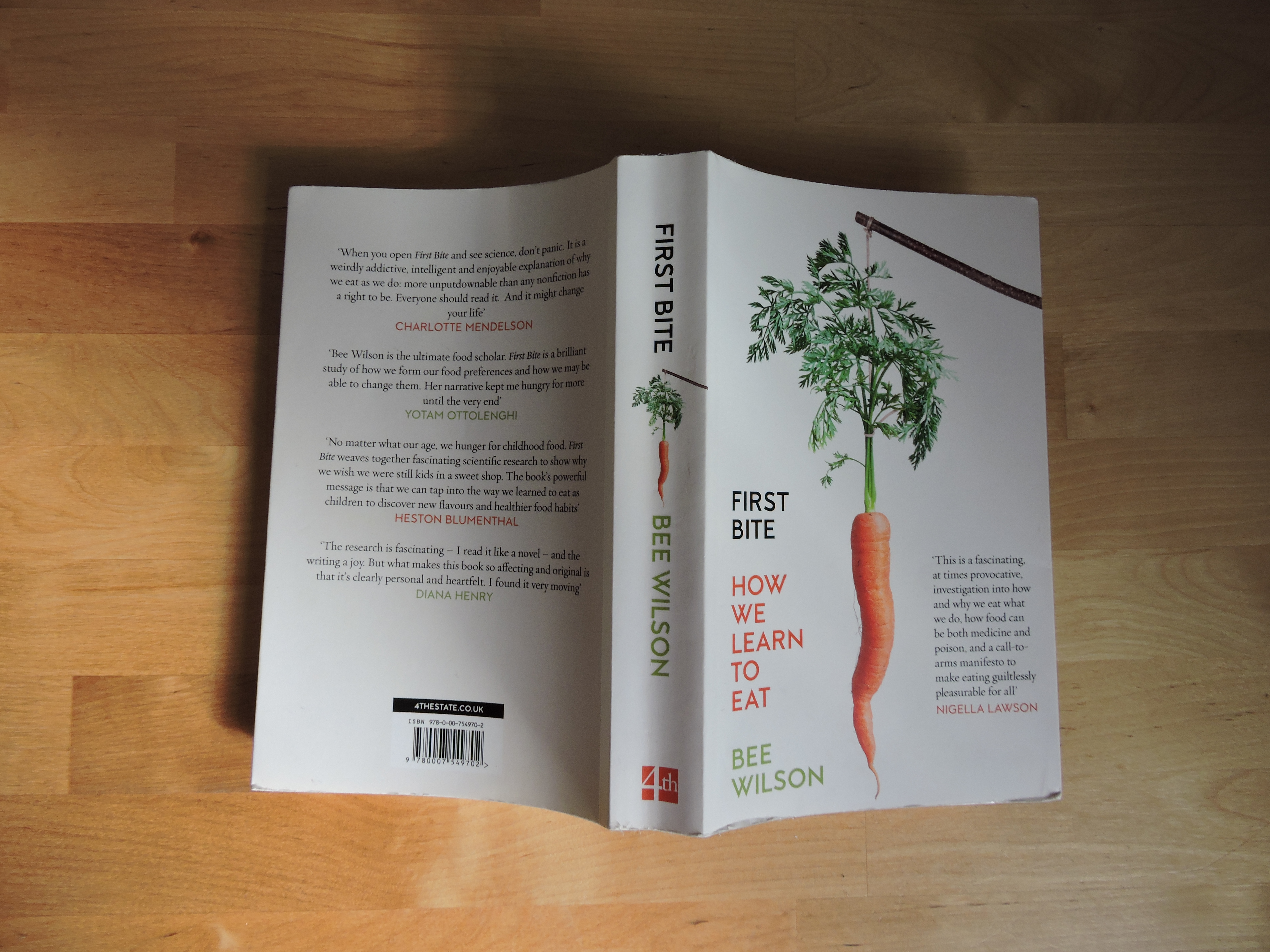
Why is someone who is picky at five picky at fifty? How is it that children can be taught to like new foods? How do our dietary habits and culturally determined desires affect the healthiness of our food choices? And if – as Wilson amply proves – likes and dislikes in food are not nature, but nurture, what can we do? Wilson explores various ways that not only show how food choices can – slowly and steadily – be changed, but also how these ideas about food even evolve in the first place. In it, Wilson examines how memory, childhood eating habits, food practices we learn from our parents, culture, and taste all combine to create our dietary habits and preferences. The acclaimed British food writer Bee Wilson came out with a fascinating new book this past December: First Bite: How We Learn To Eat. It stands to reason, therefore, that the flavor patterns in our brains are highly dependent on all the things we’ve tasted in the past, especially during childhood.” (Wilson 2015, 51) And each mouthful recalls other mouthfuls you’ve eaten in the past. “To anticipate pleasure in the next meal – something that can take up the greater part of the day, in my experience – is always a form of memory.

Bread pudding – a childhood favorite, but also reflective of foods commonly given young children.


 0 kommentar(er)
0 kommentar(er)
